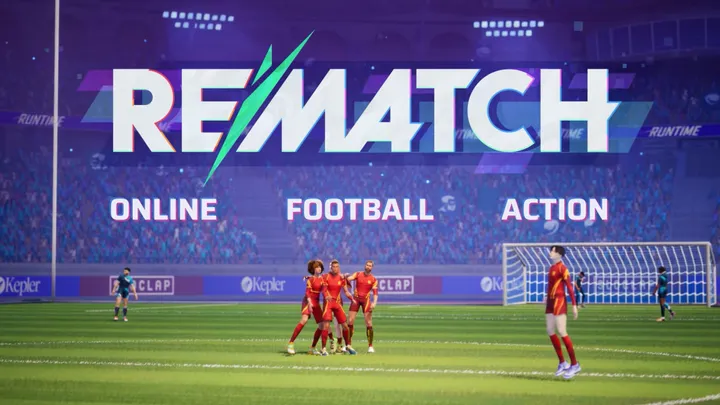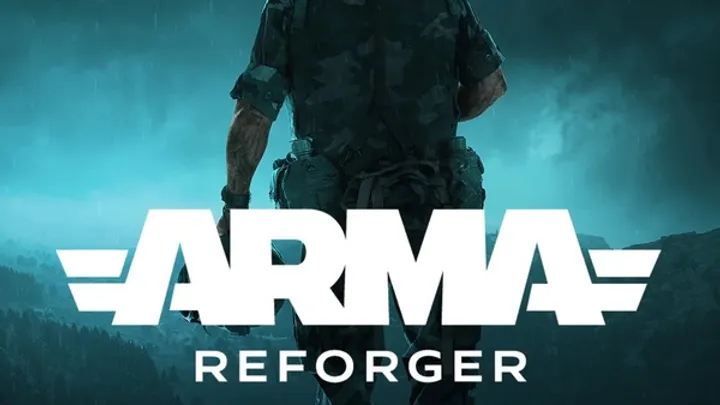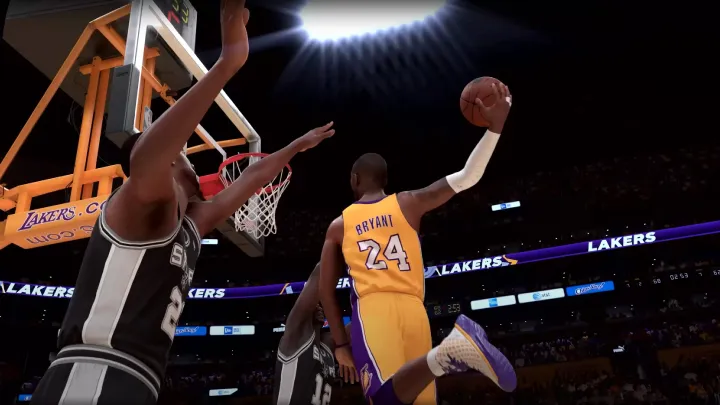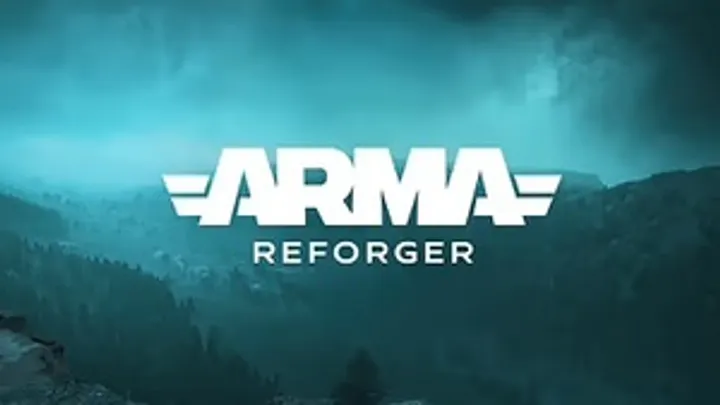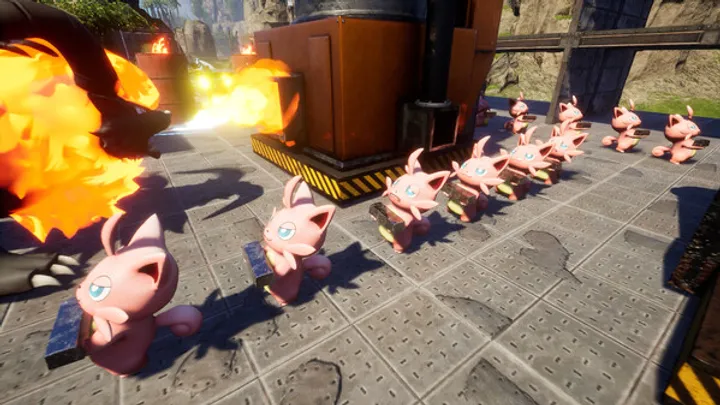Counter-Strike 2 (CS2) arrived as Valve’s highly anticipated successor to CS:GO, bringing with it new graphics, refined mechanics, and a modernized engine. However, one of the most pressing and controversial issues in CS2 isn’t about visuals or map redesigns—it is the netcode and tick rate system that underpins competitive play. The way CS2 handles latency, hit registration, and server responsiveness has ignited heated debates among professional players, casual gamers, and esports analysts. This article explores the evolution of netcode in Counter-Strike, how CS2 attempted to redefine it, and the challenges that continue to shape the game’s competitive integrity.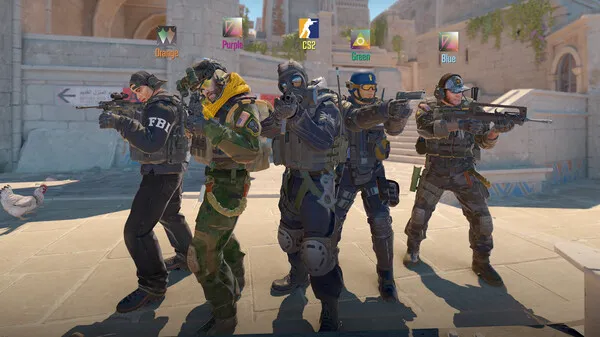
The Legacy of CS:GO’s 64 vs. 128 Tick Debate
Before CS2, CS:GO’s competitive scene was dominated by the tick rate controversy. Valve’s official matchmaking servers operated at 64 tick, meaning the server updated game states 64 times per second. Third-party platforms like FACEIT and ESEA, however, provided 128 tick servers, offering smoother gameplay and more precise hit registration. Professional players universally preferred 128 tick, as it minimized inconsistencies in shooting mechanics and player movement.
This discrepancy created two versions of the game: the “casual Valve experience” and the “competitive esports standard.” Many saw this as a fracture in Counter-Strike’s identity, leaving Valve under pressure to address it with CS2.
The Promise of Sub-Tick Technology
When Valve announced CS2, the headline feature was its new “sub-tick” technology. Instead of relying on server tick rate to process player inputs, CS2 claimed it would register actions—whether shooting, jumping, or throwing grenades—at the exact moment the player performed them. In theory, this meant that the traditional 64 vs. 128 tick debate would become irrelevant, with sub-tick ensuring precision beyond fixed update intervals.
The announcement generated excitement and cautious optimism. Finally, a solution seemed to be in place that could unify all players under one system while leveling the playing field.
Early Reactions and Player Skepticism
Upon CS2’s release, players quickly began testing the sub-tick system. While Valve promised greater precision, many competitive players reported inconsistencies. Hit registration often felt “off,” especially in scenarios where milliseconds determined victory. Some claimed that peeker’s advantage—where the attacking player sees the defender first due to latency—was even more pronounced in CS2.
Clips circulated on social media showing bullets seemingly missing despite being aimed accurately. Pro players voiced skepticism, questioning whether sub-tick was truly an upgrade or just marketing jargon wrapped around another flawed system.
Peeker’s Advantage in CS2
Peeker’s advantage has always existed in online shooters due to latency, but CS2’s netcode appeared to amplify it. With sub-tick, the player who peeks often registers their movement and shot faster than the opponent holding an angle. This creates situations where defenders, who should logically have the upper hand, get eliminated before even reacting.
Professional players like s1mple and NiKo openly criticized this aspect, claiming that holding angles became riskier than ever, shifting the meta toward aggressive plays. This not only changes competitive strategies but also threatens the foundational balance that made Counter-Strike unique.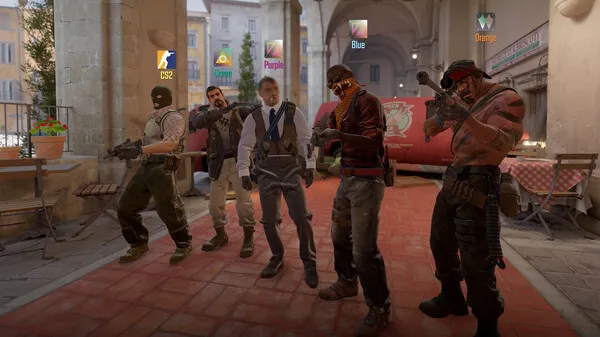
Community Backlash and Testing Evidence
Reddit threads, YouTube breakdowns, and independent community tests exploded in volume as players dissected CS2’s netcode. Content creators ran side-by-side comparisons between CS:GO’s 128 tick servers and CS2’s sub-tick system. The results often showed CS2 struggling to provide consistent hit registration in fast-paced scenarios.
Community Experiments
Players tested shooting at stationary bots, strafing targets, and synchronized peeks. Many found that bullets connected less reliably than expected, leading to frustration. These findings reinforced the belief that Valve’s promises did not align with actual player experience.
Valve’s Response and Ongoing Adjustments
Valve has acknowledged issues with sub-tick but has remained vague about long-term fixes. Patch notes often mention “improvements to networking and hit registration,” but measurable results are debated. Instead of reverting to a traditional 128 tick system, Valve seems committed to refining sub-tick.
Developer Communication
One criticism is Valve’s lack of transparent communication. Unlike Riot Games with Valorant, Valve rarely provides in-depth technical breakdowns for players. This gap leaves the community guessing whether improvements are meaningful or superficial.
The Esports Implications
CS2 is built to be the future of competitive Counter-Strike, but netcode flaws threaten its esports credibility. Professional players demand consistency above all else, and unreliable hit registration undermines fair competition. Tournament organizers face challenges balancing Valve’s servers with player expectations for competitive integrity.
Impact on Strategies
Teams now adapt by playing more aggressively, knowing defensive holds are weaker. This shift creates a different meta than CS:GO, raising questions about whether CS2 still embodies the tactical DNA of Counter-Strike or is evolving into something new entirely.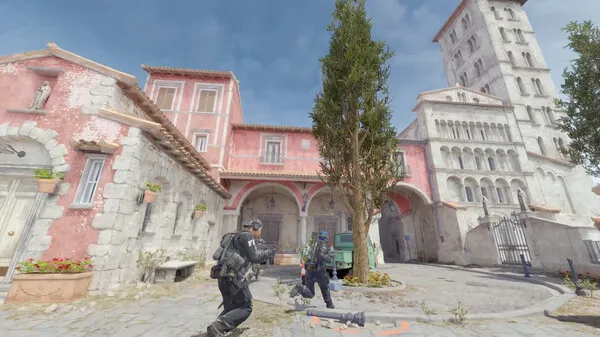
Comparison with Valorant’s Netcode
Riot Games’ Valorant runs on 128 tick servers for all matchmaking, with extensive infrastructure investment in regional servers. Players often cite Valorant as the gold standard for hit registration and competitive fairness. Compared to CS2’s sub-tick, Valorant’s system feels more transparent and predictable.
This comparison puts pressure on Valve. If a newer competitor can deliver reliable netcode, why can’t Counter-Strike, the most established FPS franchise, match that level of quality?
Possible Future Solutions
Experts and community members propose several solutions. Some argue for a hybrid model: maintaining sub-tick while also standardizing 128 tick servers for consistency. Others suggest Valve must overhaul its networking code entirely, a massive but necessary investment to protect CS2’s esports future.
Community Wishlist
- Transparent developer communication
- Hybrid tick + sub-tick model
- More regional servers to reduce latency
- Optional 128 tick matchmaking
The Path Forward
Counter-Strike 2 stands at a crossroads. Its sub-tick technology is ambitious, but execution remains flawed. For casual players, inconsistencies may be tolerable, but for professionals and dedicated fans, fairness is non-negotiable. Valve must either refine sub-tick to deliver on its promise or acknowledge that traditional tick-based systems still have a place in competitive play.
Ultimately, the future of CS2 as an esport depends on how Valve responds to this challenge. Competitive Counter-Strike thrives on precision, and anything less risks alienating the very community that made it legendary.
Conclusion
CS2’s netcode dilemma encapsulates the tension between innovation and reliability. Valve sought to transcend the tick rate debate with sub-tick technology, but the execution has sparked controversy instead of clarity. Competitive fairness hangs in the balance, and until the system meets the high expectations of players, CS2 will remain under scrutiny. For a game built on milliseconds and precision, the smallest flaws can have the biggest consequences.








